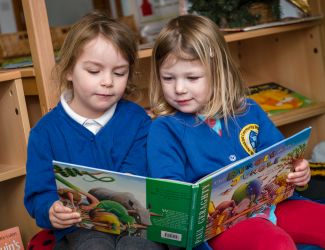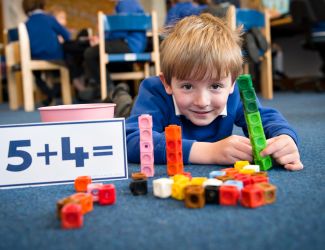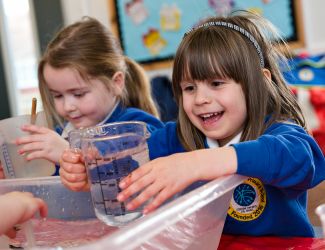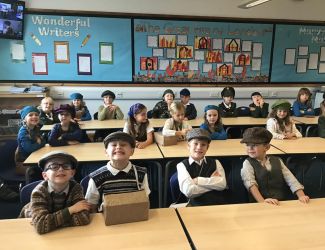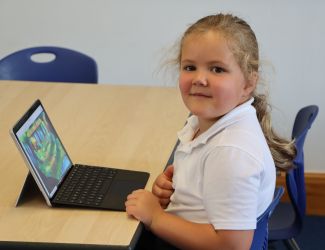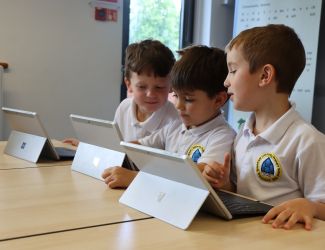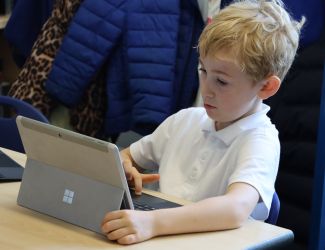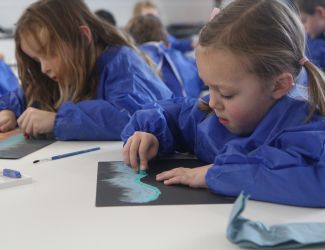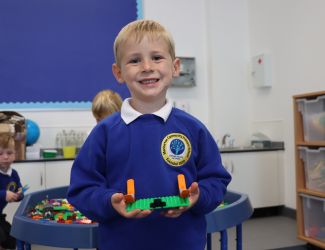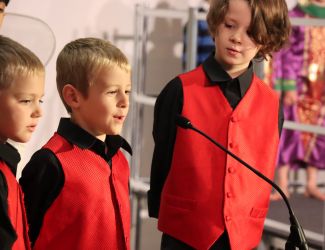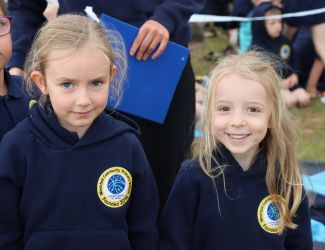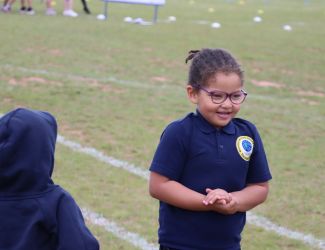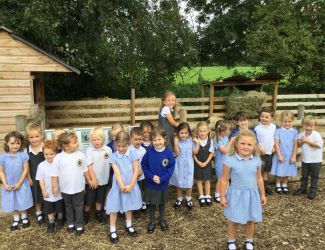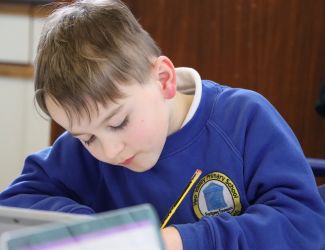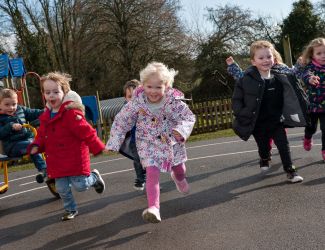Year 2 Music Curriculum
Children will be taught six key strands of musical knowledge which include: singing, listening, composing and musicanship. Pupils will be encouraged to explore the musical concepts through various forms of drumming. They will be taught…
Singing
- Sing songs regularly with a pitch range of do-so with increasing vocal control.
- Sing songs with a small pitch range, pitching accurately.
- Know the meaning of dynamics (loud/quiet) and tempo (fast/slow) and be able to demonstrate these when singing by responding to (a) the leader's directions and (b) visual symbols (e.g. crescendo, decrescendo, pause)
Listening
The following styles of music will be introduced as well as recapping on styles that have been taught in previous years.
Western Classical Tradition and Film:
- 20th Century e.g Anna Cylne
- 20th Century e.g Ravel
Popular Music:
- Rock N Roll e.g Elvis Presley
- Pop e.g The Beatles
Musical Traditions:
- Indonesia- Gamelan e.g Gong Kebyar of Peliatan
Improvise
- Become more skilled in improvising (using voices, tuned and untuned percussion and instruments), inventing short ‘on-the-spot’ responses using a limited note-range.
- Structure musical ideas (e.g. using echo or question and answer phrases) to create music that has a beginning, middle and end.
Composing
- Create music in response to a non-musical stimulus
- Work with a partner to improvise simple question and answer phrases, to be sung and played on untuned percussion, creating a musical conversation.
- Use graphic symbols, dot notation and stick notation
- Use music technology to compose.
Musicianship
Pulse/Beat
- Understand that the speed of the beat can change (tempo).
- Mark the beat of a listening piece by tapping or clapping and recognising tempo as well as changes in tempo.
- Walk in time to the beat of a piece of music or song. Know the difference between left and right to support coordination and shared movement with others.
- Begin to group beats in twos and threes by tapping knees on the first (strongest) beat and clapping the remaining beats.
- Identify the beat groupings in familiar music that they sing regularly and listen to.
Rhythm
- Play copycat rhythms, copying a leader, and invent rhythms for others to copy on untuned percussion.
- Create rhythms using word phrases as a starting point
- Read and respond to chanted rhythm patterns, and represent them with stick notation including crotchets, quavers and crotchets rests.
- Create and perform their own chanted rhythm patterns with the same stick notation.
Pitch
- Play a range of singing games based on the cuckoo interval matching voices accurately, supported by a leader playing the melody.
- Sing short phrases independently within a singing game or short song.
- Respond independently to pitch changes heard in short melodic phrases, indicating with actions.
- Recognise dot notation and match it to 3-note tunes played on tuned percussion.

